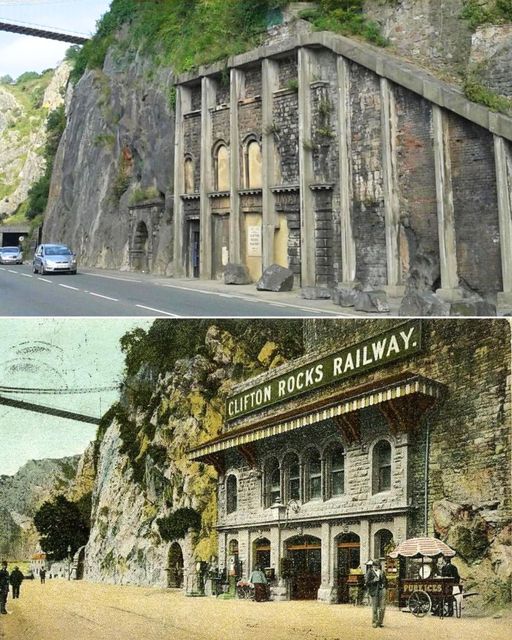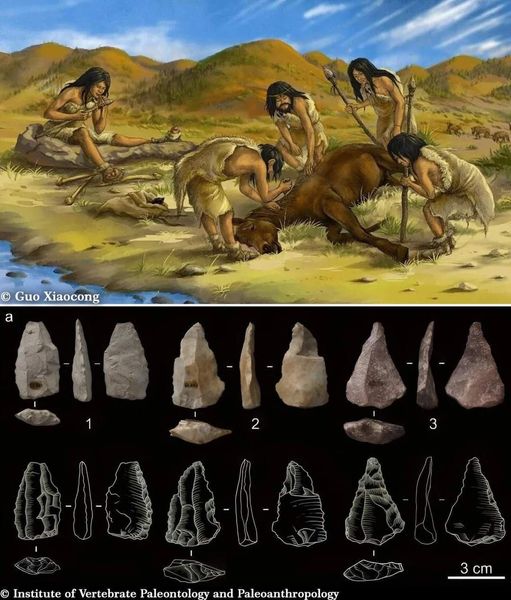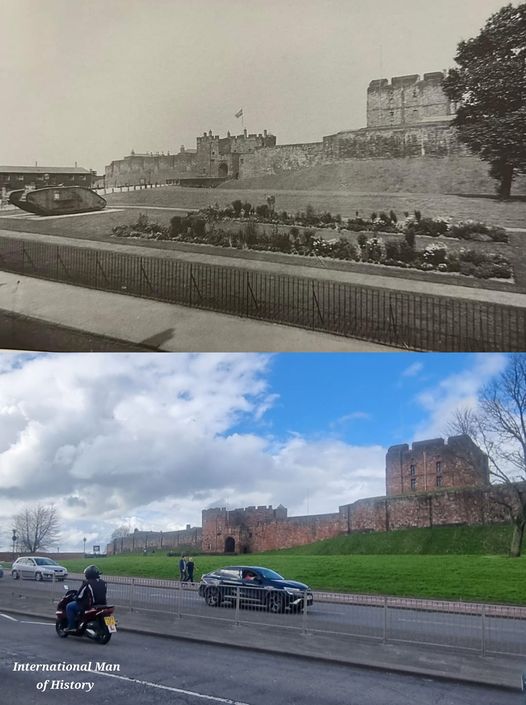The tunnel was built to divert water from the Gihon Spring, which was located outside the city walls, into the Pool of Siloam, providing a secure water source within the fortified city. The construction involved digging through solid rock for a distance of approximately 533 meters (1,749 feet) from two opposite ends, meeting in the middle.
Discovering the Ancient Marvel of Hezekiah's Tunnel
Nestled deep within the heart of Jerusalem lies a remarkable testament to ancient engineering prowess: Hezekiah's Tunnel, also known as the Tunnel of Hezekiah or the Siloam Tunnel. This awe-inspiring archaeological wonder is believed to have been constructed over two millennia ago, during the reign of King Hezekiah, in response to the looming threat of an Assyrian siege. As we delve into the history and significance of this ancient marvel, we uncover a story of ingenuity, perseverance, and the enduring legacy of human achievement.

Unraveling the Mysteries of Ancient Engineering
The construction of Hezekiah's Tunnel stands as a testament to the ingenuity and resourcefulness of ancient civilizations. Carved through solid rock, the tunnel spans a distance of approximately 530 meters (1,740 feet) and connects the Gihon Spring to the Pool of Siloam. What makes this feat of engineering truly remarkable is the fact that the tunnel was dug from both ends simultaneously, with workers meticulously chiseling their way through the limestone rock until they met in the middle. The precision and accuracy of their efforts speak volumes about the advanced engineering techniques employed by ancient societies.
Exploring the Historical Significance
Beyond its impressive engineering, Hezekiah's Tunnel holds significant historical importance as a tangible link to the ancient kingdom of Judah. According to biblical accounts and archaeological findings, the tunnel was constructed as a strategic water supply system to ensure the survival of Jerusalem during times of siege. Its completion played a crucial role in safeguarding the city's inhabitants and bolstering its defenses against external threats. Today, the tunnel serves as a tangible reminder of Jerusalem's storied past and the resilience of its people in the face of adversity.
Embracing the Legacy of Ancient Discoveries
As we marvel at the ingenuity and craftsmanship embodied by Hezekiah's Tunnel, we are reminded of the profound impact that ancient discoveries continue to have on our understanding of history and culture. From the majestic pyramids of Egypt to the awe-inspiring temples of Greece, each archaeological find offers a window into the lives and achievements of our ancestors. By preserving and studying these ancient marvels, we gain invaluable insights into the societies that came before us and the technological advancements that paved the way for modern civilization.
Conclusion: A Journey Through Time
In conclusion, Hezekiah's Tunnel stands as a testament to the ingenuity, determination, and resourcefulness of ancient civilizations. Its construction represents a triumph of human engineering and a testament to the enduring legacy of innovation. As we reflect on the significance of this remarkable archaeological site, let us also recognize the importance of preserving and celebrating our shared cultural heritage. By embracing the lessons of the past, we can gain a deeper appreciation for the marvels of the present and chart a course toward a more enlightened future.










